IRA Terrorism
The images depicted throughout, are murals painted on the sides of houses, bulidings, and almost any type of wall in Northern Ireland. They provide a visual representation of the impact these the fighting and terrorist attacks have on the culture and history of the region.
The Art of Conflict, is a great documentary exploring the murals and the historical context of the IRA.
Many other documentaries provide an artistic portrayal of this topic, and it has even provided the plot for the fictional, Devils Own, starring Brad Pitt as an IRA member in the United States.
In addition to film and music, the IRA has also influenced culture musically. Most notably, “Ye Black and Tans,” and Irish punk rock song written in support of the IRA.
https://www.youtube.com/watch?v=nWeiAnOB1rY
Historical Context:
The emergence of the Irish Republican Army has its roots in Ireland’s 20th century quest for national independence from Great Britain. In 1801, the Anglican (English Protestant) United Kingdom of Great Britain merged with Roman Catholic Ireland. For the next hundred years, Catholic Irish Nationalists opposed Protestant Irish Unionists, so named because they supported the union with Great Britain.
The first Irish Republican Army fought the British in the 1919-1921 Irish War of Independence. The Anglo-Irish treaty concluding the war divided Ireland into a Catholic Irish Free State and Protestant Northern Ireland, which became the British province, Ulster. Some elements of the IRA opposed the treaty; it was their descendents who became the terrorist PIRA in 1969.
Overview:
In 1969 the IRA split into two groups, the majority, or “officials,” advocating a united socialist Ireland but disavowing terrorist activities, and the “provisionals,” claiming terrorism as a necessary catalyst for unification. The “provisionals” then began a systematic terrorist campaign in Northern Ireland. In 1972 the “provisionals” extended their terrorism to England, where it culminated in the bombing (1974) of a Birmingham pub that killed 19 persons. In response the British parliament passed the Prevention of Terrorism Act, outlawing the IRA in Britain. The IRA assassinated (1979) Louis Mountbatten, 1st Earl Mountbatten of Burma, and unsuccessfully tried to assassinate Prime Minister Margaret Thatcher in Brighton, England.
Backing & Affiliations:
From the 1970s-1990s, the IRA received weapons and training from various international sources, most notably American sympathizers, Libya and the Palestine Liberation Organization (PLO).
Objectives/ Organization:
The creation of a unified Ireland under Irish, rather than British rule. PIRA used terrorist tactics to protest the Unionist/ Protestant treatment of Catholics in Northern Ireland. The IRA has always had a relatively small membership, estimated at several hundred members, organized in small, clandestine cells. Its daily operations are organized by a 7-person Army Council
Leadership:
The IRA is a strictly paramilitary organization. Its political wing is Sinn Féin (We Ourselves, in Gaelic), a party that has represented Republican (Catholic) interests since the turn of the 20th century. When the first Irish assembly was declared in 1918 under the leadership of Sinn Féin, the IRA was considered the official army of the state. Sinn Féin has been a significant force in Irish politics since the 1980s.
Bloody Sunday:
About ten thousand people gathered in the Creggan area of Derry on the morning of Sunday 30 January 1972. After prolonged skirmishes between groups of local youths and the army at barricades set up to prevent the march reaching its intended destination (Guildhall Square in the heart of the city), paratroopers moved in to make arrests. During this operation, they opened fire on the crowd, killing thirteen and wounding 13 others.
The dead were all male, aged between seventeen and forty-one. Another man, aged fifty-nine, died some months later from injuries sustained on that day. The wounded included a fifteen-year-old boy and a woman
The IRA began its terrorist attacks on the British army and police following a summer of violent rioting between Catholics and Protestants in Northern Ireland. For the next generation, the IRA carried out bombings, assassinations and other terrorist attacks against British and Irish Unionist targets.
Negotiations:
Official talks between Sinn Féin and the British government began in 1994, and appeared to conclude with the 1998 signing of the Good Friday Agreement. The Agreement included the IRA’s commitment to disarm. PIRA strategist Brian Keenan, who had spent over a generation promoting the use of violence, was instrumental in bringing about disarmament (Keenan died in 2008).By 2006, the PIRA appeared to have made good on its commitment. However, terrorist activity by the Real IRA and other paramilitary groups continues and, as of the summer of 2006, is on the rise.
In 2001, the U.S. House of Representatives Committee on International Relations released a report detailing connections between the IRA and the Revolutionary Armed Forces of Colombia (FARC) going back to 1998.

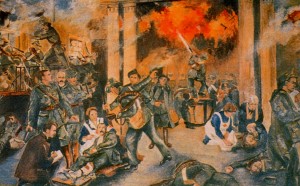
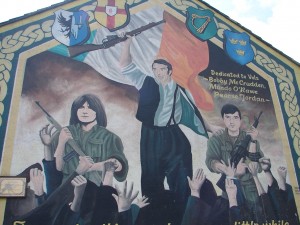
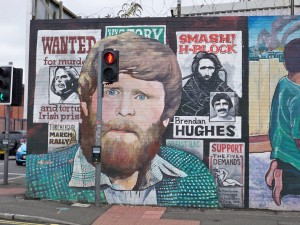
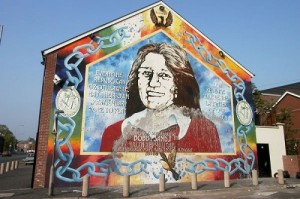

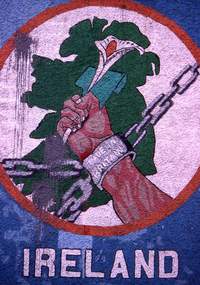




 This is the default footer layout. You can easily add or remove columns in the footer.
This is the default footer layout. You can easily add or remove columns in the footer.
Recent Comments